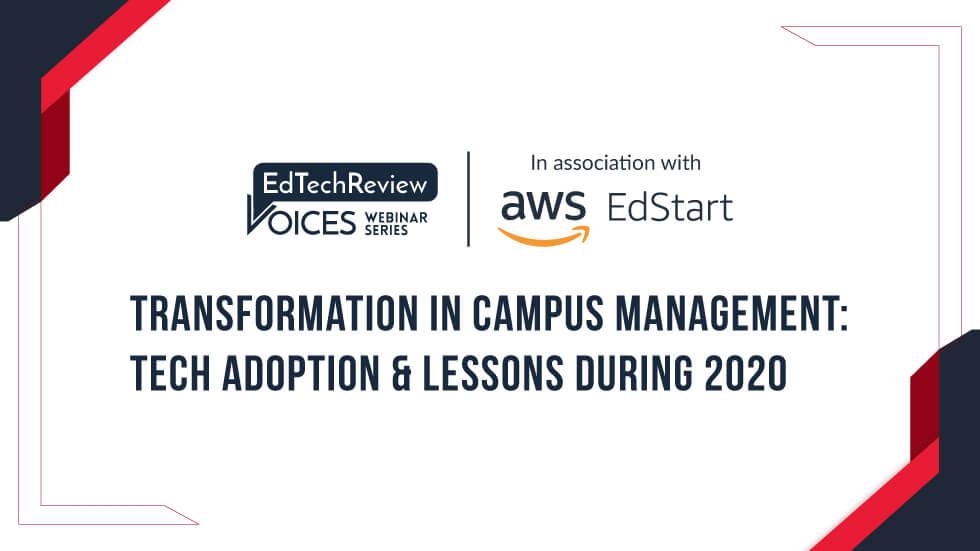In spite of these challenges, what parameters are you looking at in EdTech start-ups at Prime Venture Partners? Has there been any change in evaluating EdTech start-ups during COVID?
“In terms of evaluating EdTech start-ups, fundamentally there’s no difference in an EdTech start-up, health tech or a SaaS start-up…since we come in really early in their development,” Gaurav from Prime Venture Partners said, “since we don’t have a lot of data, we evaluate what insights the team has that competitors don’t. The second thing we look at is the market; if the investment will yield an equivalent prize.
The third thing we look for is the differentiation of the product. It should be fundamentally different or have a different distribution, or customer experience or success. These factors remain the same for all start-ups”. As to what has changed this year, Gaurav said that they have been more diligent this year in looking at EdTech.
“We tried not to get swayed by the EdTech wave,” Gaurav said. They started doing more calls to evaluate customer interest, and looked at start-ups that built frugally, were building sustainably, and had a strong distribution differentiation that actually added value to customers.
Do you see any increasing interest from investors towards B2B EdTech start-ups?
Sharing his views, Sunil states that investors don’t really come directly to them, but he sees opportunities because the market has changed dynamically in less than a year. Everyone has been forced to adapt to virtual platforms.
“The biggest problem, typically, is content creation,” Sunil said, “however, many school teachers have learnt to make beautiful PPTs. They’ve been forced to do it in the last couple of months. The quality of content is really high, but the question is ‘will this online learning surge continue next year?’
Sunil is unsure because, unlike most geographies, India has a habit of large investments in captive campuses. Managements love to have students come back to physical campuses rather than they stay online. Therefore, he foresees a strong push to drive students back to campus. “However,” he adds, “it will be interesting to look at how colleges digitize their campuses, which already helps teaching and learning grow.”
Another point was the assessments. According to Sunil, there’s a struggle for creating virtual assessments that are cost-effective. In India, people are using Moodle for assessments. “It was never meant to be for assessments…but the interest is going to drive the adoption of technology because, a lot of people have not adopted technologies and there are going to be big B2B areas worth looking at”, Sunil concluded.
What’s your experience with investors? Is there increasing interest from investors to support B2B start-ups in EdTech?
CollPoll’s co-founder, Hemant, states that when he started CollPoll, he was clear what journey he would be on. He adds that the mantra of being a “good entrepreneur” includes the following:
- A good entrepreneur needs to understand market nuances, what kind of investors are needed, and what expectations to set. The global market needs solid information about the product to make it worth pitching. “It would help if you brainstormed with an investor about funds (in SMB) for a better knowledge of the market”, Hemant adds. In SMB, he says there are three opportunity areas:
- Cost-cutting for institutions is a big plus. Every institution wants reduced costs for newer technologies.
- Improving learning outcomes by bringing in other partners to deliver better content. Institutions are generally technologically poor and need comprehensive solutions which can be provided by integrating solutions with other partners.
- Creating a marketplace for internships and other job-oriented programs on the platform. Hemant said that this is where SMB stands out. Investors are interested, but not enough to invest yet. “Just sit and talk with investors,” Hemant says, “get one person to write a cheque, and others will follow. That’s what happened with Byju’s”. This is what Hemant thinks the future of SaaS for education will look like: create evidence, prove results, get one investor, and the industry will explode.
- Upskilling is very important now because online education can’t replace physical campus experience. Quality physical education isn’t dying. Its value will only increase with tech integration.
- Hemant also advises entrepreneurs to bring in partners for content creation, faculty management, assessment etc. According to him, most institutions are looking for one core solution to orchestrate all work and he foresees a huge opportunity in integrating multiple solutions due to institutions having low technology-services consumption.
Is the sales and implementation process completely online or only partially online?
Charan responded that due to COVID-19, edupreneurs don’t have any option; “for instance, the cost you save and the gross margins that have increased, is the first factor”, he added, “previously when we talked of Zoom or Google Hangouts classes, we were asked to come down to campus, numerous meetings would be held with the same customers, and that’s why B2B was often disliked. But, B2B clients have changed a lot.”
Gaurav added to Charan saying, “institutions are happy with being fully digital because it brings more accountability with every bit of data organized neatly in one place”. They have onboarded 50,000+ enterprise users completely digitally.
